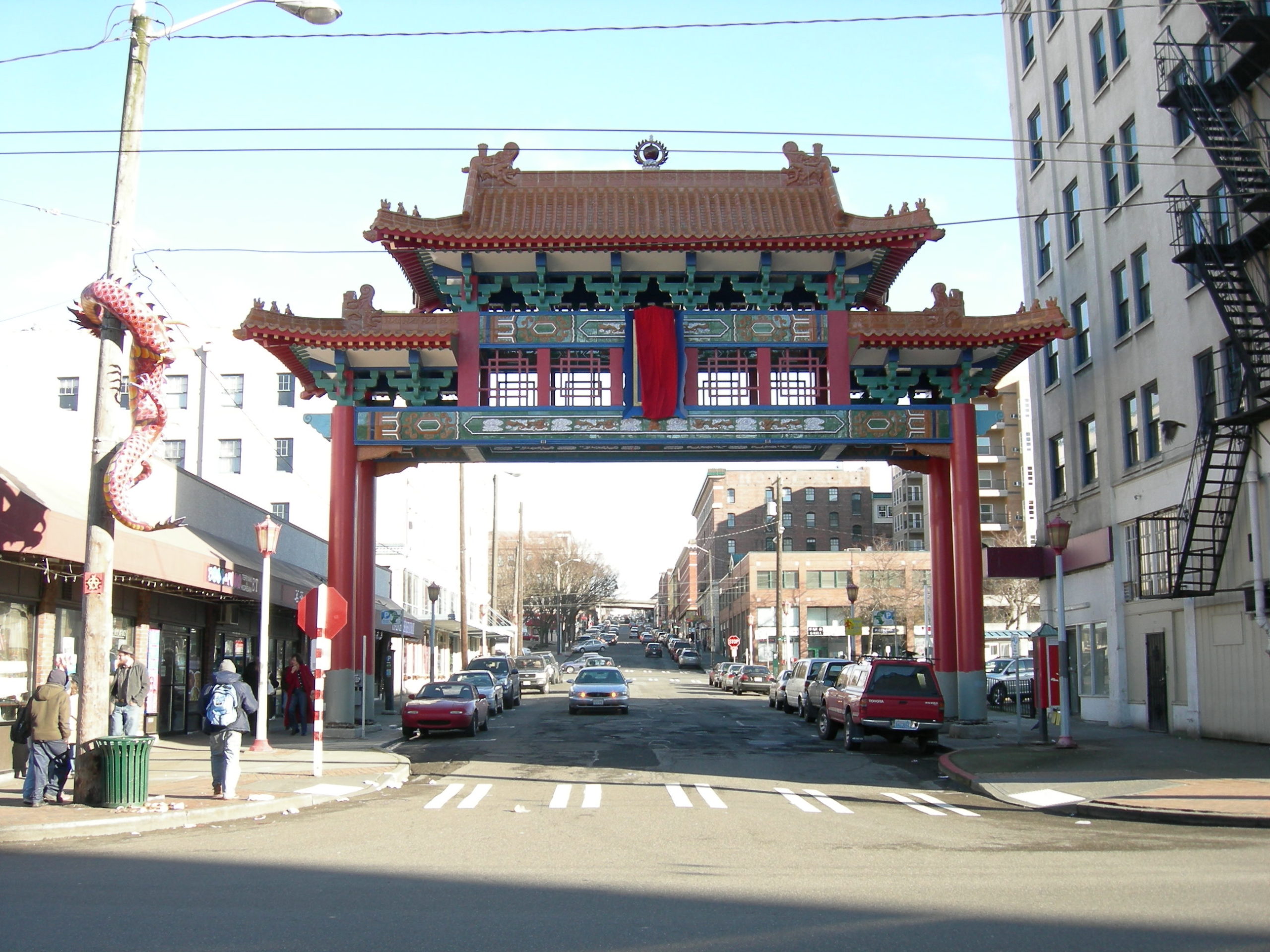
BY VINDHYA ADAMALA
Two people stand at opposite ends of a city not knowing each other — and maybe there is a reason why they don’t. In Washington, newer, more developed neighborhoods are on the rise, and their popularity says less about the area itself than the demographic that ends up living in them.
Members of this community are flocking towards their own specific group of people, as they feel a boundary has been put up preventing them from engaging with others even in their area. Community polarization is one that pertains to many in a city and appears in many ways. Community polarization refers to the idea of groups feeling divided in a society.
“Our community is at its strongest when we are showing the wealth of cultures,” said Principal Matthew Grant of Olympia High School.
As a group of individuals who are frequently stereotyped by bias, many of the struggles and stories reported about people in these regions are frequently ignored in mainstream conversations.
Washington State resident Kimberly Il said polarization and immigration have a domino effect on one another. According to Il, people of certain groups feel the need to stick together in order to feel more comfortable.
“I’ve had experiences dealing with community polarization and immigration, Il said. “Both my parents are refugees who came from Cambodia…We know that when Asian immigrants came to the United States they experienced a lot of racism and wanted to create their own communities and you see this in places like Chinatown, Koreatown, and specifically in Washington, the creation of the International District in Seattle. They needed and wanted to form their own community in order to support each other and support themselves especially when the rest of the city wouldn’t support them.”
Chinatowns and Koreatowns are ethnic enclaves of Chinese people and Korean People. Now, “towns” like these are found in cities all over the world.
Communities around Washington and beyond are urging people to take the time to really educate themselves about these issues while being open to new perspectives.
“We have to look at what these people have to go through as an ongoing migrant justice and polarization issue, not just one of the past but one that is taking place right now,” Il said. “People are going through so much and this happens in our own state as well at places including The Northwest Detention Center. A lot of what is really happening in these centers isn’t being publicized enough. It’s a really horrible place for all of these people to live in and the media doesn’t cover that.”
Schools are now focusing on educating students about these untold stories.






